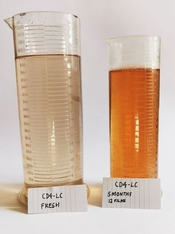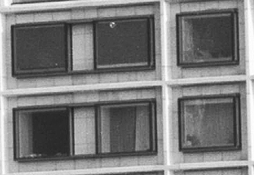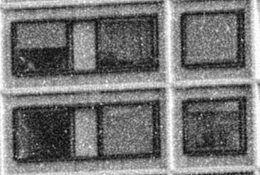Alan Johnson
Subscriber
- Joined
- Nov 16, 2004
- Messages
- 3,216
Since my pile of silver gelatin prints got too big I have been storing my "prints" on Flickr , more recently on Flickr Pro which allows a maximum of 6144 pixels in the long direction. This gives about 85 lppm to the viewer. My film is 35mm CMS 20 II Pro scanned at 7200 [true~3600] setting on a Plustek 8100, which I measured as giving about 80 lppm output to Flickr Pro.
So I think you are seeing about 80 lppm from the negative on your screen.
So I think you are seeing about 80 lppm from the negative on your screen.
















